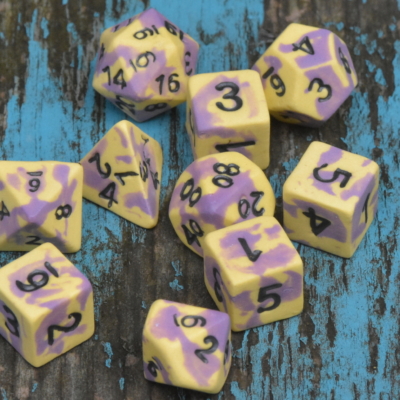Unleashing Divine Power: The Best House Rules for Dungeons & Dragons Cleric Aasimar
Dungeons & Dragons, the quintessential tabletop role-playing game, offers a plethora of character options and customization that allow players to craft their own unique stories. Among these options is the Cleric Aasimar, a divine spellcaster with celestial ancestry. For those looking to enhance their gaming experience, adopting house rules can add an extra layer of excitement and challenge. In this comprehensive guide, we’ll explore some of the best house rules for playing a Cleric Aasimar in D&D.
Understanding the Cleric Aasimar
The Cleric Aasimar is a race-class combination that brings together the divine magic of clerics and the celestial heritage of aasimar. As a result, players can harness powerful healing spells and radiant damage abilities while drawing upon their celestial lineage for additional benefits.
Basic Characteristics
- Divine Magic: Clerics have access to an array of healing and support spells that can keep their party alive in battle.
- Radiant Damage: Aasimars possess innate abilities that allow them to deal radiant damage, making them effective against undead creatures.
- Celestial Heritage: With their angelic background, aasimar characters often have enhanced physical attributes and resistance to certain types of damage.
House Rules for Enhanced Gameplay
To truly bring your Cleric Aasimar character to life, consider incorporating these house rules into your campaign:
- Auras of Influence: Introduce special aura effects based on your aasimar’s celestial patron. For instance, an aasimar with a sun deity might emit an aura that grants allies within range temporary hit points at dawn each day.
- Ceramic Blessing: Whenever you roll dice for spellcasting or skill checks involving divine powers, use special ceramic dice like our Runic Windcaller Ceramic Dice Set. These beautifully crafted dice not only enhance gameplay aesthetics but also symbolize your connection to celestial forces.

Unleashing Divine Power: The Best House Rules for Dungeons & Dragons Cleric Aasimar is an exploration into the ultimate tabletop role-playing game, Dungeons & Dragons, and its myriad character options and customization possibilities. One of the most compelling characters in this realm is the Cleric Aasimar, a divine spellcaster who draws power from celestial ancestry. House rules, or custom game rules, can significantly enhance the gaming experience, making it more exciting and challenging. This comprehensive guide is designed to help you understand and implement the best house rules when playing a Cleric Aasimar in D&D.
Understanding the Cleric Aasimar character involves appreciating the unique blend of divine magic and celestial heritage. This race-class combination allows players to wield powerful healing spells and radiant damage abilities. Moreover, they can leverage their celestial lineage for additional benefits. Clerics have access to a wide range of healing and support spells, which can prove crucial in keeping the party alive during fierce battles. Thanks to their celestial heritage, Aasimars can deal radiant damage, making them particularly effective against undead creatures. Additionally, their angelic background often grants Aasimar characters enhanced physical attributes and resistance to certain types of damage.
For an enhanced gameplay experience, consider the following house rules: Introduce Auras of Influence, which are special aura effects based on your Aasimar’s celestial patron. For instance, an Aasimar dedicated to a sun deity might emit an aura that grants allies within range temporary hit points at dawn each day. Also, consider using the Ceramic Blessing rule. Whenever you roll dice for spellcasting or skill checks involving divine powers, use special ceramic dice like our Runic Windcaller Ceramic Dice Set. These beautifully crafted dice not only enhance the aesthetics of the game but also symbolize your connection to celestial forces.





